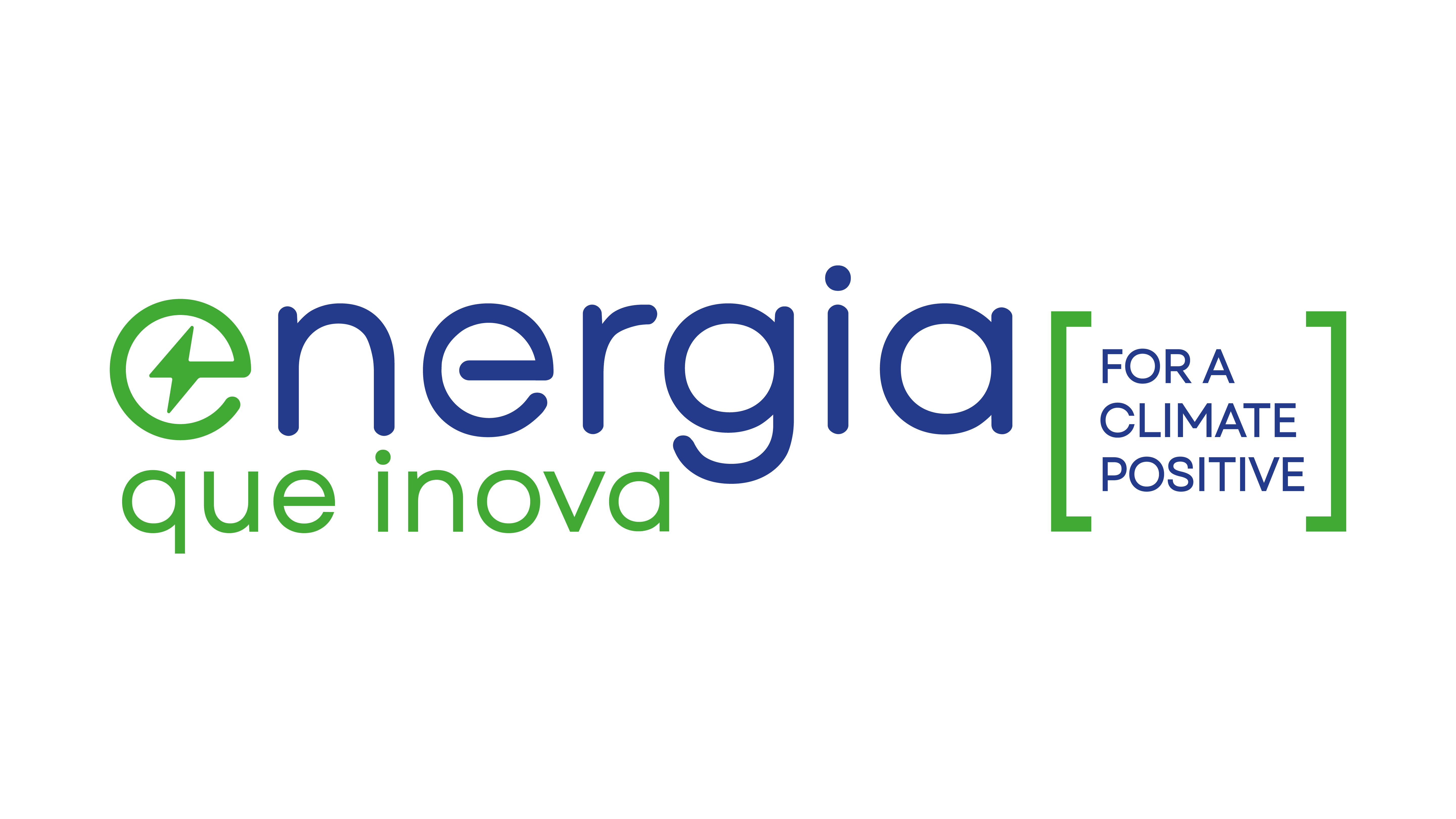International Energy Agency Report (EIA) entitled "The Role of Critical World Energy Outlook Special Report Minerals in Clean Energy Transitions” points out “an energy system fueled by clean energy technologies differs profoundly from one fueled by traditional hydrocarbon resources”. With the construction of more efficient energy systems, the use of more mineral inputs is required. There is an increase of more than 50 % for the use of minerals in the production of energy products.
The report points to a significant increase in demand for minerals such as cobalt and nickel, essential for the production of electric vehicle batteries, wind turbines, solar panels and other technologies. According to the document, the share of these technologies in the total demand for minerals is expected to increase by more than 40% for copper and rare earth elements, 60-70% for nickel and cobalt and almost 90% for lithium, in a scenario that meets the goals of the Paris Agreement.
However, the report warns that the growing importance of these minerals in a decarbonized energy system requires energy policymakers to expand their horizons and consider potential new vulnerabilities. Furthermore, current international energy security mechanisms are designed to provide insurance against disruptions or price spikes in supplies of hydrocarbons, such as oil, and do not take into account the specific challenges of critical minerals.
Founded in 1974, the International Energy Agency (IEA) was born with the aim of promoting the security and supply of affordable energy sources. Today, processes are different, especially due to the demand for renewable energy production.
The growing commitment of countries and companies to reduce their greenhouse gas emissions to reach neutrality requires the large-scale adoption of various clean energy technologies. However, many of these technologies crucially rely on minerals such as copper, lithium, nickel, cobalt and rare earth elements. As a result, the energy transition to a low-carbon economy faces the challenge of ensuring the sustainable supply of these essential minerals to enable an environmentally responsible and effective change in the global energy system.
The minerals market has been marked by a significant increase over the last five years, with twice the growth compared to other minerals. According to a report released by the International Energy Agency (IEA), the production of these minerals exceeded US$ 40 billion in 2022, which represents an increase of 30% compared to 2021.
The report points out that lithium was the mineral with the greatest increase in scale of investments, registering a jump of 50%, followed by copper and nickel. The economic proposition of the energy transition minerals market is also promising, with the acquisition of US$ 320 billion in 2022.
Countries producing critical minerals play a key role on the global stage. Among the most used minerals, copper is one of the most important, with Chile being the largest producer in the world, followed by Peru in third place. The triangle formed by Chile, Argentina and Bolivia is home to around 65% of the world's copper reserves.
Faced with the growing demand for these minerals, it is essential that producing countries invest in technology and innovation to ensure sustainable and responsible production, without compromising the environment and local communities. In addition, it is important that there is international cooperation to ensure energy security and sustainable supply of these critical minerals, promoting a more resilient and fair future for all.
Minerals and the Prospects for the Future of Clean Energy
The report "Minerals for Climate Action: The Mineral Intensity of the Clean Energy Transition" from the World Bank Group highlights the importance of minerals in the transition to clean energy. The document presents a detailed analysis of the mineral intensity of clean energy technologies such as wind turbines, solar panels and electric vehicle batteries.
According to the report, the demand for minerals is expected to increase significantly in the coming years, driven by the transition to a low-carbon economy. Among the most significant minerals, copper, lithium, nickel, cobalt and rare elements stand out. The report also points to the need to ensure a sustainable supply of these minerals, avoiding negative impacts on the environment and local communities. For this, it is essential to invest in technology and innovation to ensure responsible and sustainable production of these critical minerals. The report highlights the importance of international cooperation to ensure energy security and sustainable supply of these critical minerals, promoting a more resilient and just future for all.













